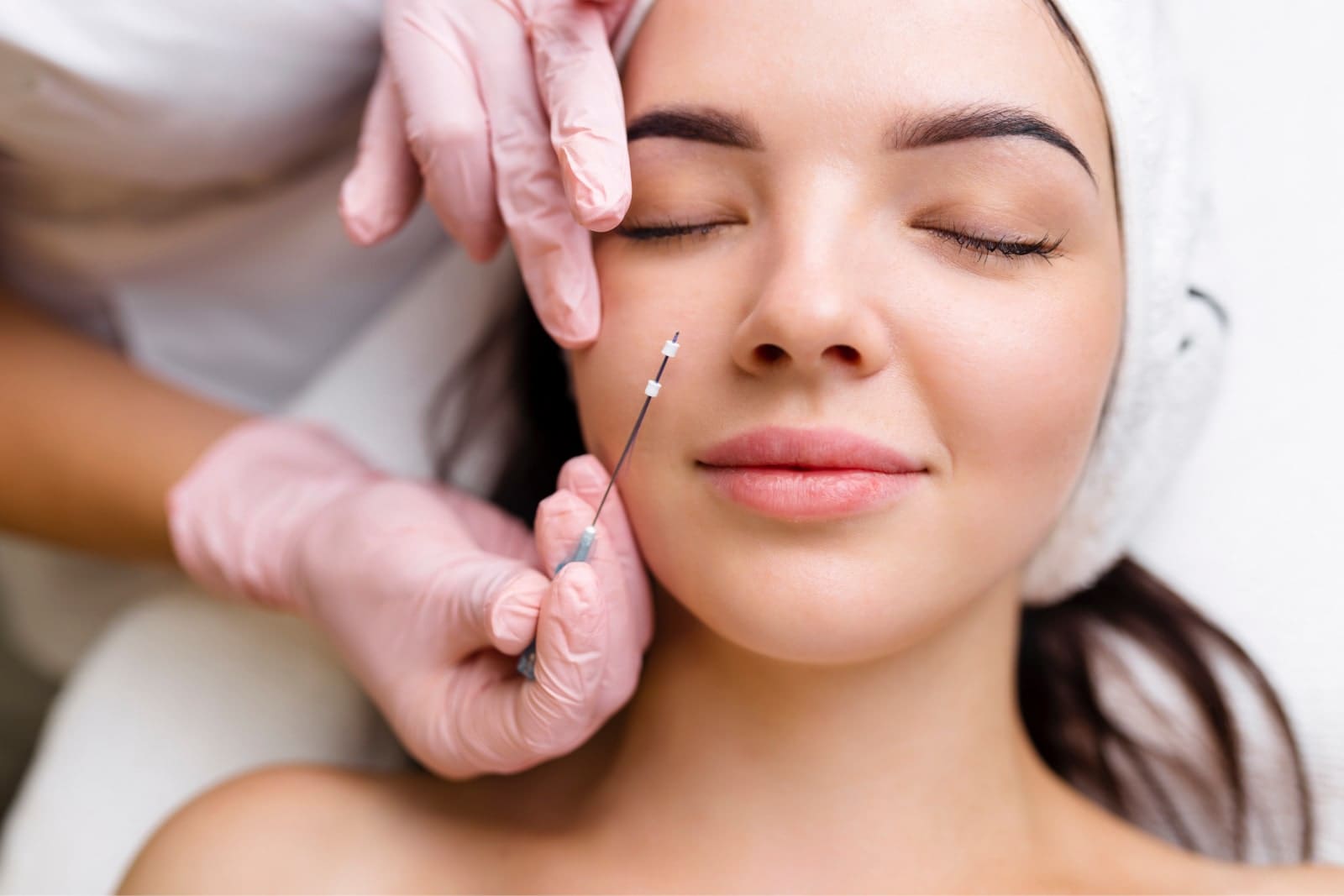If dipping hormone levels affect your skin, mood, energy, and libido, consider Bioidentical Hormone Replacement Therapy (BHRT). BHRT is an effective treatment that helps to restore hormone imbalances by using bioidentical synthetic hormones of your natural sex hormones, such as estrogen, progesterone, and testosterone, that are as close as humanly possible to the ones the body produces. While many patients find success with BHRT and even call it life-changing, there’s plenty to know about the treatment If you are considering BHRT, especially what to expect during a consultation.
Your current health status and hormone-related symptoms will be reviewed during a BHRT consultation. During this time, we will discuss details of your symptoms and how long you have been experiencing them. Other essential factors to discuss include your family medical history, lifestyle, medications and supplements, and diet since they can affect your hormones and treatment.
Common Hormone Imbalance Symptoms
While everyone is different, these are some of the most commonly cited symptoms of a hormonal imbalance in both men and women:
- unexplained mood changes
- changes to your appetite or metabolism
- decreased sex drive
- difficulty losing weight
- changes to your sleep patterns
- hot flashes and night sweats
- hair and skin changes
The Initial Assessment
During your Bioidentical Hormone Replacement Therapy consultation, your provider will assess your current condition via several steps to establish an understanding of your hormone levels and where imbalances lie. First, we will discuss medical history, including previous diagnoses, disorders and diseases, treatments, past surgeries, and current medications. A medical history intake is necessary to identify any other potential factors contributing to hormonal imbalances and your current state of health.
It’s also important to have an open and honest conversation about all of the symptoms you are experiencing and any concerns. This allows our team to fully understand and assess the severity of your symptoms and their impact on your daily life to make an accurate assessment and then the proper course of action. Additionally, we ask that you are truthful about lifestyle factors that could influence hormonal imbalances, such as diet, exercise habits, stress levels, and sleep patterns so that we can identify any potential triggers that may be exacerbating the imbalances and try to limit or eliminate them.
Evaluation of Your Symptoms
After our team understands what is bothering you, it’s time to evaluate each symptom and determine the extent of the hormonal imbalance. A detailed assessment of your most troublesome symptoms will help to identify particular patterns and the underlying causes.
Specific symptoms that are associated with hormonal imbalances, like mood changes, weight fluctuations, sleep disturbances, changes in libido, cognitive issues, and hair loss, can help our team discover with symptoms are directly correlated to imbalances in specific hormones, such as estrogen, progesterone, testosterone, thyroid hormones, and cortisol. For example, if mood swings, low libido, and a lack of energy are your main concerns, there may be an imbalance in your sex hormone levels.
A comprehensive symptom evaluation provides insight into your hormonal imbalances so that we can best develop a treatment plan.
Hormone Testing
Once we have a better read on your symptoms, it’s time to test your hormones to identify potential imbalances, which is critical in Bioidentical Hormone Replacement Therapy consultations to determine the proper course of treatment.
Various methods of hormone testing may be utilized during a consultation. Blood tests are the most common and give the most accurate measure of hormone levels. A blood sample is collected and analyzed to assess concentrations of hormones such as estrogen, progesterone, testosterone, and others. These tests identify hormone deficiencies, excesses, or imbalances that may contribute to your symptoms.
Saliva testing is another way to test hormone levels. It measures free, unbound hormones, which may reflect active hormonal levels. Saliva tests are helpful and valuable in assessing hormone fluctuations throughout the day.
Some patients may also require urine testing to evaluate hormone metabolites further. This type of testing can provide insights into how the body processes and eliminates hormones, offering additional information about hormone imbalances and metabolism.
No matter which hormone tests your provider feels are best for you, which largely depends on symptoms and medical history, the results will reveal specific hormone imbalances so we can create a tailored BHRT treatment plan for you. Periodic follow-up hormone testing may also be recommended to monitor the patient’s response to treatment and make any necessary adjustments.
The Treatment Plan
Bioidentical Hormone Replacement Therapy must be customized to your needs and specific hormone levels to make a difference. Any BHRT treatment plan aims to restore hormonal balance and reduce bothersome symptoms.
Along with BHRT, we may recommend specific lifestyle changes to maximize the effectiveness of the treatment. These may include dietary changes, exercise routines, stress management techniques, and other strategies to support hormonal balance. It is crucial to adhere to these recommendations to optimize the overall outcomes of BHRT.
There are various ways to deliver hormones to the body, and the safest, most effective, reliable method is with pellets. Propel Pellet therapy provides consistent, healthy levels of hormones for 3 to 6 months, depending on the dosage. The hormones used in BHRT pellets are often naturally sourced from soy, yams, and even cactus to create the most natural match.
One of the significant benefits of using pellets over other modalities is a lessened risk of hormone fluctuations. By avoiding up and down hormone levels, which is standard with every other hormone delivery method, the results are more consistent, and the body feels better overall. The pellets must be inserted under the skin through a simple and relatively painless procedure under local anesthesia to deliver the hormones. The hormone-containing pellets are usually inserted in the hip through a small incision which is then taped closed.
Once in place, the pellets slowly release the hormones and integrate them into the bloodstream so that your natural levels increase and any hormone-related symptoms improve. The pellets usually last between 3 and 5 months in women and 5 to 6 months in men. High levels of stress and physical activity, certain medications, and a lack of sleep may increase the rate at which the pellets absorb and may require that pellets be inserted sooner in some patients. Overall, the use of these hormones allows the body to restore balance to it.
Delivering the body with BHRT via pellets makes for a safe, easy, and virtually painless process that is helping people worldwide regain their strength, achieve better focus, enhance sexual function, and diminish anxiety while balancing their immune systems and their lives.
A Maintenance Plan
while you may notice an improvement in the first few weeks after the pellets are inserted. However, the results aren’t immediate because it takes time for the bloodstream to absorb the hormones. Most patients start to feel the full effects after about two months.
Regular monitoring is crucial to assess the patient’s progress and ensure the treatment plan remains effective. Follow-up appointments allow for ongoing evaluation of hormone levels, symptom improvement, and any necessary adjustments to the treatment plan.





